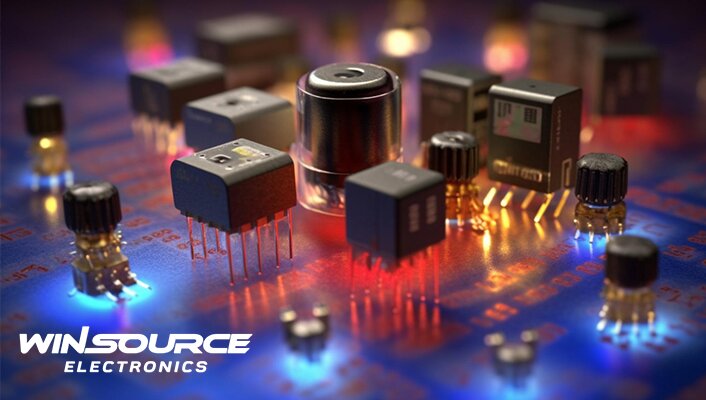
Electronic components are the fundamental building blocks of modern technology, powering everything from smartphones and laptops to medical devices and automotive systems. The reliability, performance and longevity of electronic devices depend largely on the materials used in their manufacture. As technology continues to advance, there is an increasing demand for materials with superior electrical conductivity, durability, thermal stability, and environmental sustainability. In this article, we provide insight into the critical role materials play in the manufacture of electronic components, and the specific requirements that these materials must meet.
Table of Contents
ToggleConductivity and semiconductor
Materials used in the manufacture of electronic components must possess appropriate electrical conductivity, or semiconducting properties, to allow the flow of electrical current. Metals such as copper and aluminum are favored for their high conductivity and low resistance properties for wiring and interconnects. For semiconductors, materials such as silicon and gallium arsenide are widely used due to their ability to control and manipulate electrical conductivity.
Thermal stability
Electronic components generate heat during operation, and the materials used must be thermally stable and able to withstand varying temperature conditions without degradation or failure. Thermal management materials, such as ceramics and certain polymers, are often used to efficiently dissipate heat and maintain component performance.
Dielectric properties
Materials used in the manufacture of electronic components must have good insulating properties to prevent accidental electrical interference. The insulating material should have high breakdown voltage, low dielectric constant and low loss angle to reduce energy loss and signal distortion. Common insulating materials include ceramics, glass, and specialty polymers.
Mechanical durability
The materials used in components must be able to withstand mechanical stress, vibration and shock without failure. Components such as connectors, switches and housings need to have excellent mechanical properties such as high tensile strength, flexibility and impact resistance. Plastics, composites and some metals meet these requirements.
Environmental considerations
In today’s era of heightened environmental awareness, electronic materials must comply with environmental regulations. This includes restricting the use of hazardous substances such as lead, mercury, cadmium, etc. in consideration of RoHS (Restriction of Hazardous Substances) compliance which restricts the use of hazardous substances. Green materials and sustainable manufacturing practices are increasingly important in the electronics industry.
Chemical resistance
Electronic components may encounter various chemicals such as cleaning agents, solvents and corrosive gases during their lifetime. Materials must be resistant to these chemicals to ensure long-term reliability and functionality.
Miniaturization and Integration
As electronic devices are miniaturized and more highly integrated, materials must support the miniaturization efforts. Thin films, nanoparticles, and advanced lithography techniques allow the fabrication of complex structures with high precision.
In conclusion
The materials used in the manufacture of electronic components play a vital role in determining the performance, reliability and lifetime of electronic devices. From electrical conductivity and thermal management to insulation and protection from environmental elements, these materials must meet stringent requirements to ensure optimal functionality. As technology continues to evolve, the search for innovative materials that meet the ever-increasing demands of electronic component manufacturing is an ongoing effort.

COMMENTS